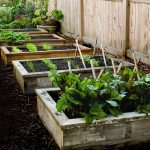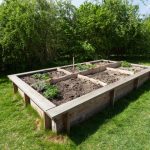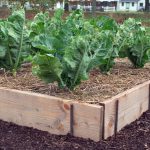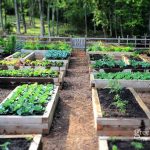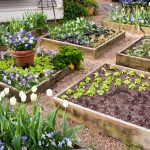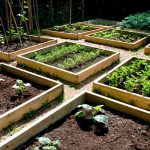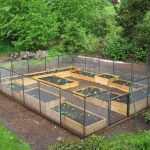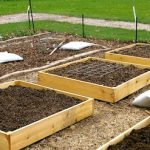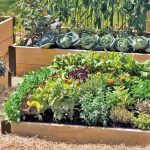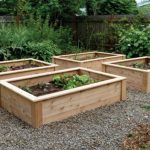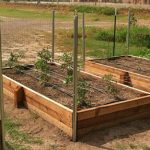As an Amazon Associate I earn from qualifying purchases.
Raised bed gardens are a popular option for many gardeners, as they offer several advantages over traditional in-ground gardening. These gardens are raised off the ground, making them easier to maintain and providing better drainage for plants. If you are interested in starting a raised bed garden but are not sure where to begin, here are some tips to help you get started.
1. Choose a Location The first step in starting a raised bed garden is choosing a suitable location. Look for a spot in your yard that receives at least six to eight hours of sunlight per day, as most vegetables and flowers require full sun to thrive. Make sure the area is also easily accessible for watering and weeding.
2. Build or Purchase a Raised Bed Next, you will need to decide whether you want to build your own raised bed or purchase a pre-made kit. Building your own raised bed can be a cost-effective option and allows you to customize the size and shape to fit your space. If you prefer a quicker option, there are many pre-made raised bed kits available for purchase online or at your local garden center.
3. Prepare the Soil Once you have your raised bed in place, it’s time to prepare the soil. Fill the bed with a mixture of topsoil, compost, and other organic matter to create a nutrient-rich growing environment for your plants. You can also add a layer of mulch on top of the soil to help retain moisture and suppress weeds.
4. Choose Your Plants When selecting plants for your raised bed garden, consider factors such as the amount of sunlight the area receives, the size of the plants at maturity, and the spacing requirements for each type of plant. Popular choices for raised bed gardens include vegetables like tomatoes, peppers, and lettuce, as well as flowers such as marigolds or zinnias.
5. Water and Maintain Once your raised bed garden is planted, be sure to water regularly to keep the soil moist. Raised beds tend to dry out faster than traditional gardens, so it’s important to check the moisture level frequently and adjust your watering schedule as needed. Additionally, be sure to keep an eye out for pests and diseases and promptly address any issues that arise.
Starting a raised bed garden can be a rewarding experience and a great way to grow your own fresh produce or beautiful flowers. By following these tips, you can create a successful raised bed garden that will provide you with enjoyment and abundance for years to come.
Amazon and the Amazon logo are trademarks of Amazon.com, Inc, or its affiliates.
 yonohomedesign.com Garden and Interior Design Ideas
yonohomedesign.com Garden and Interior Design Ideas
